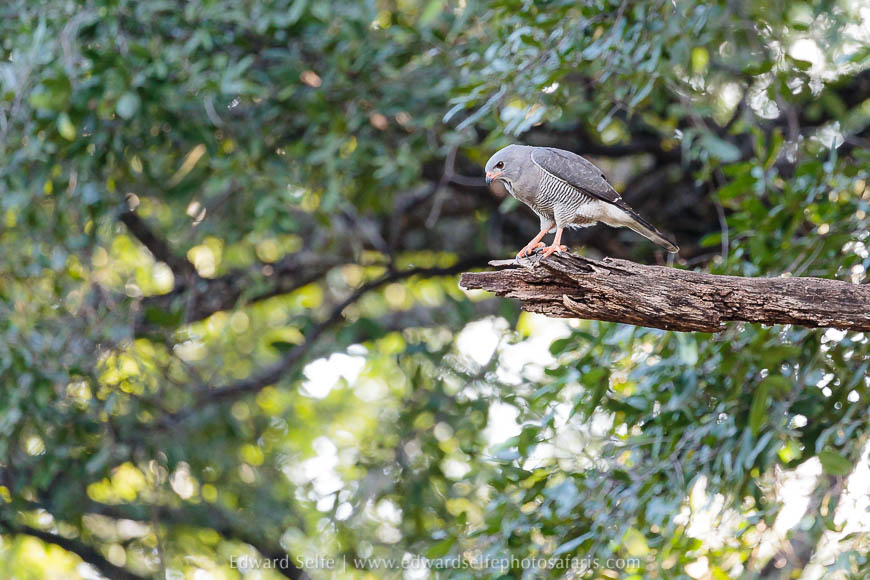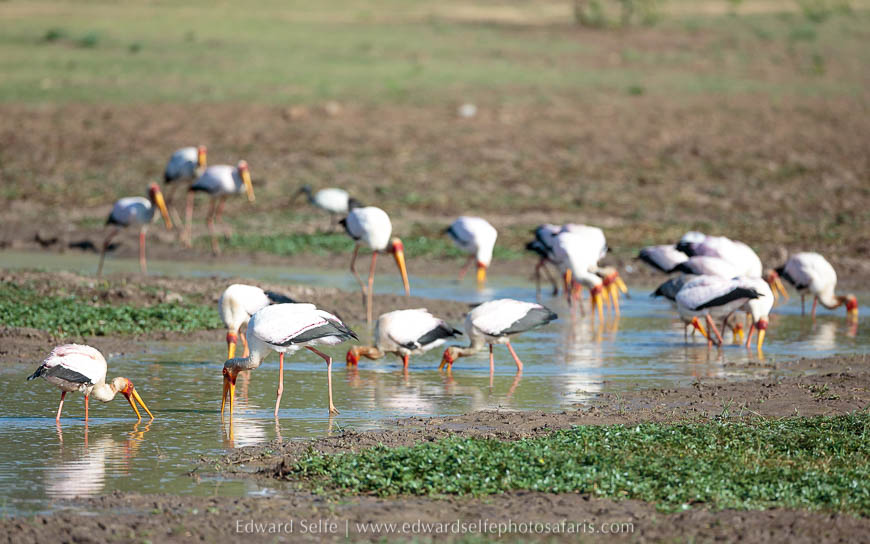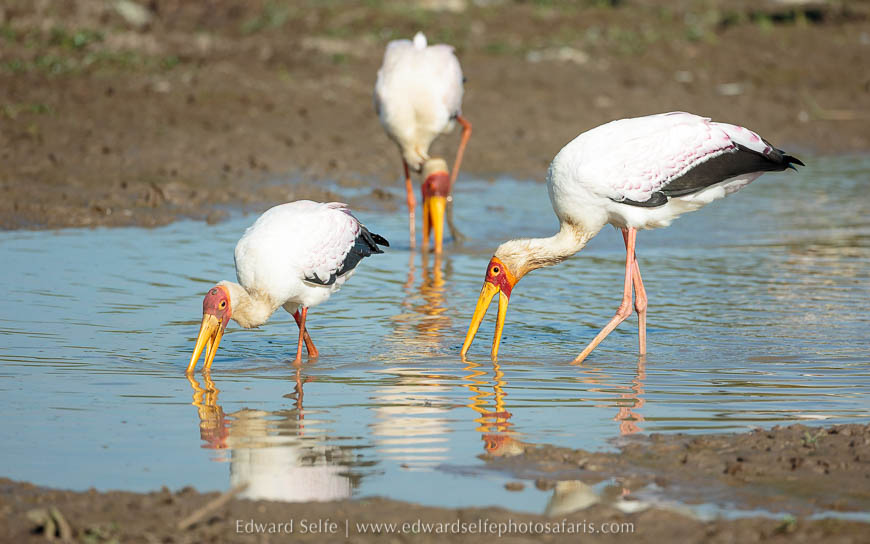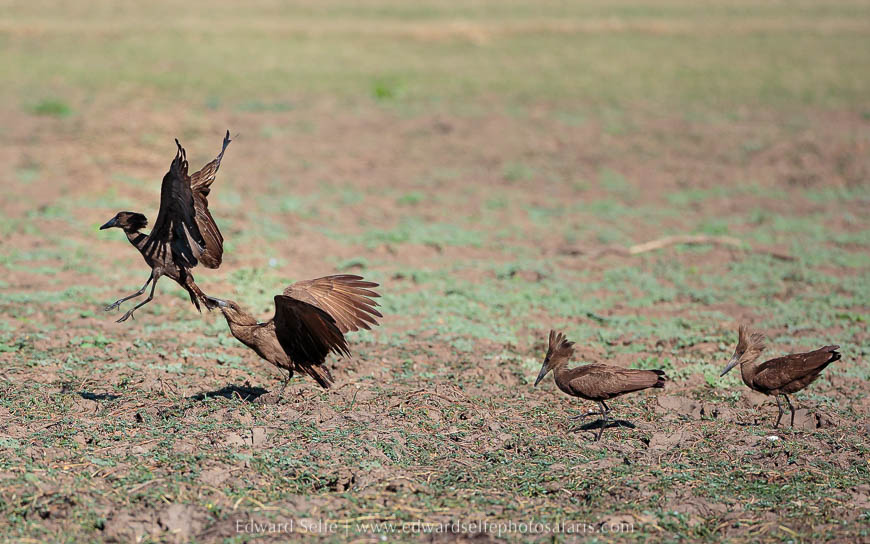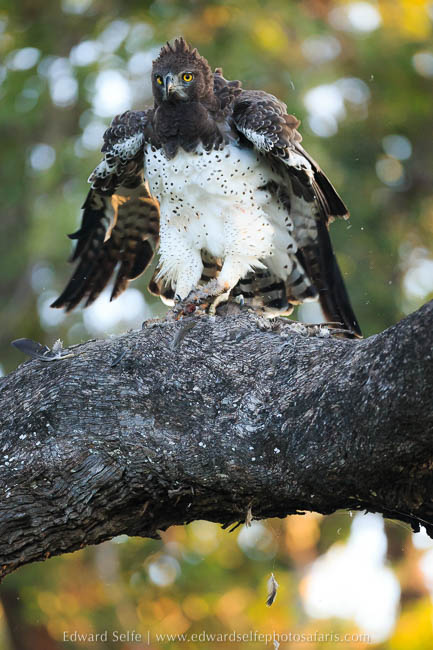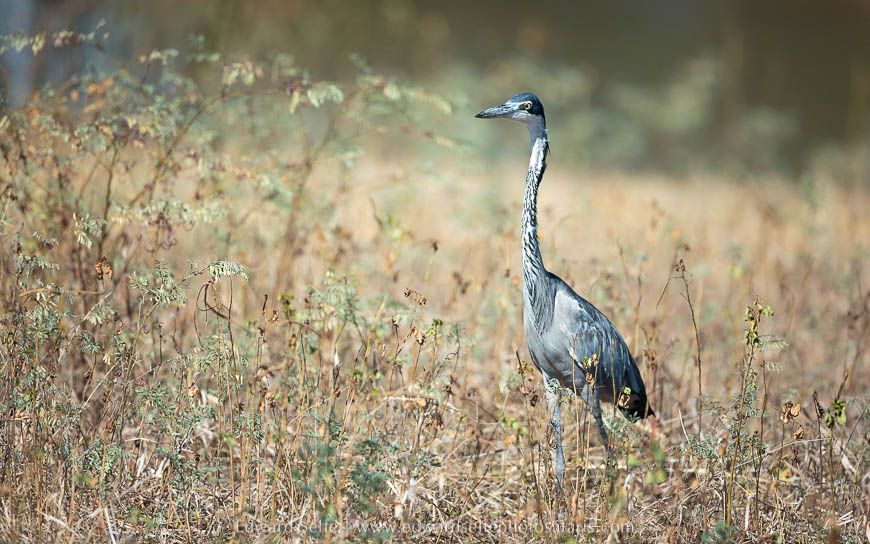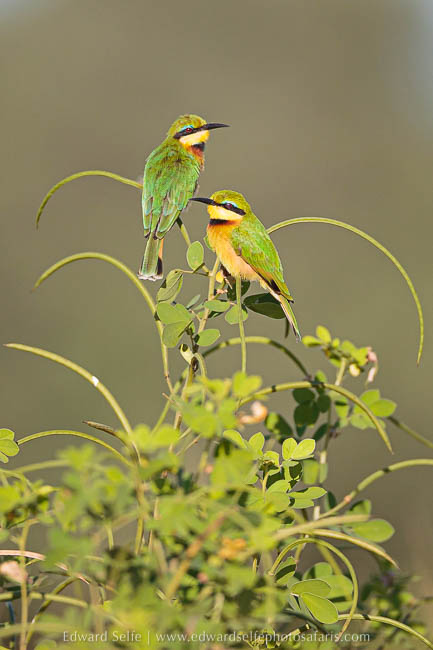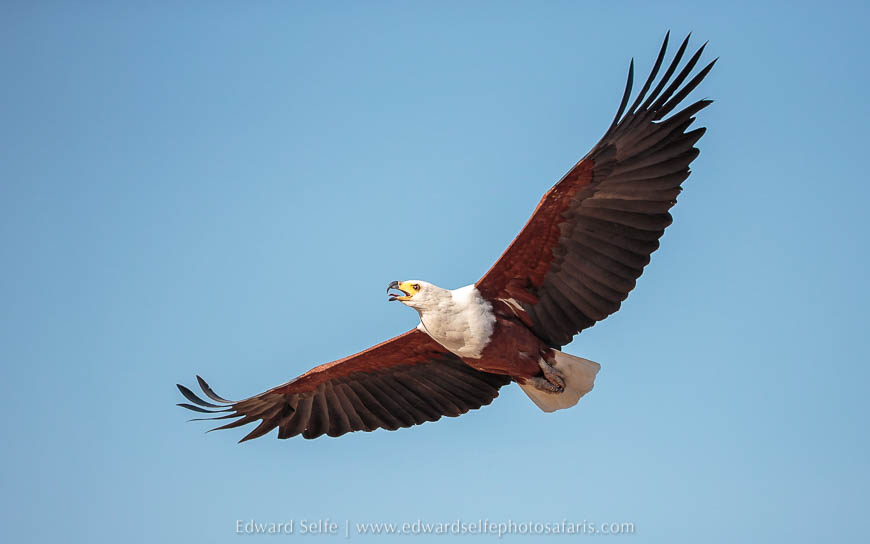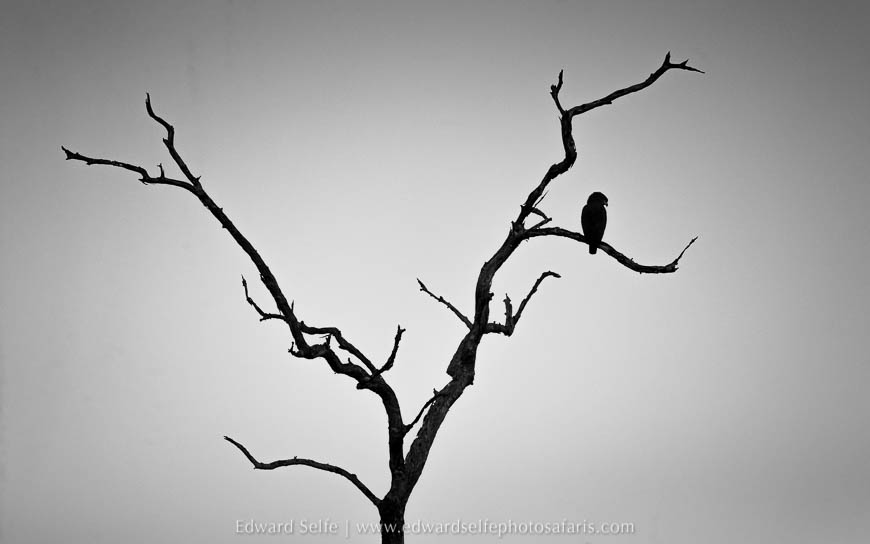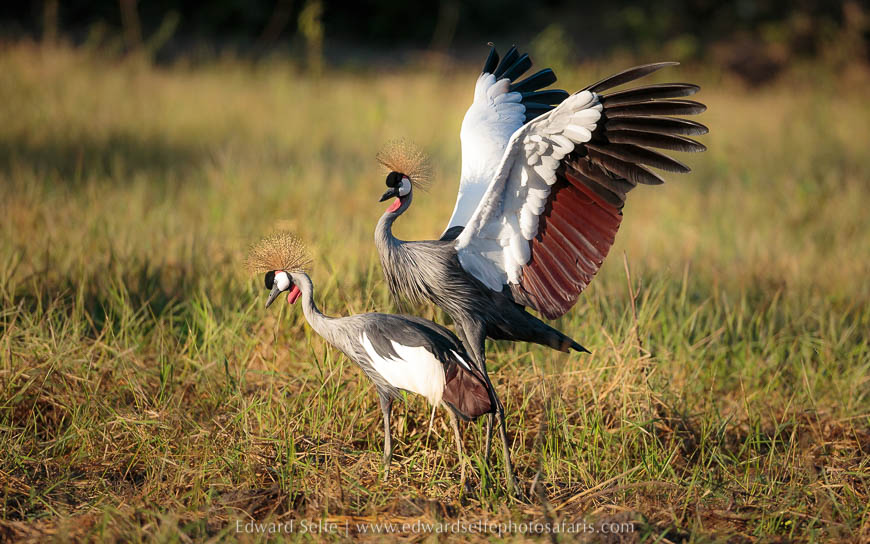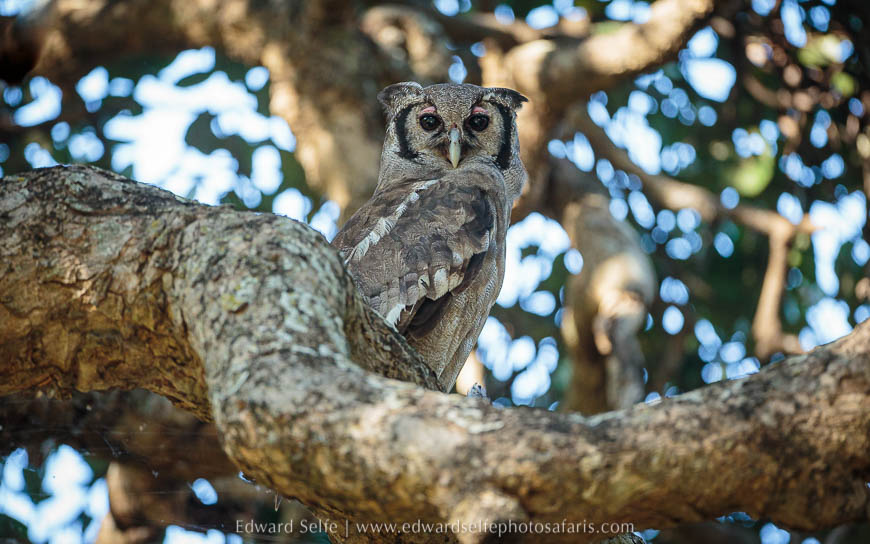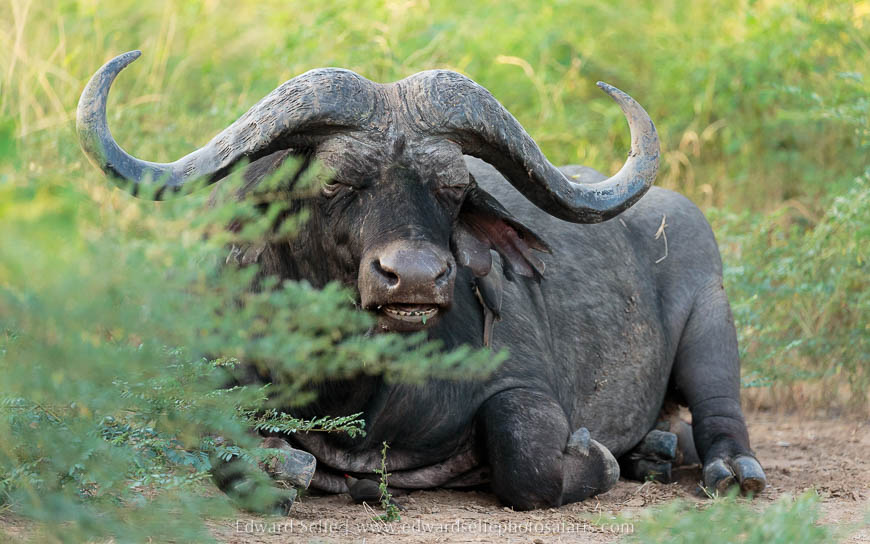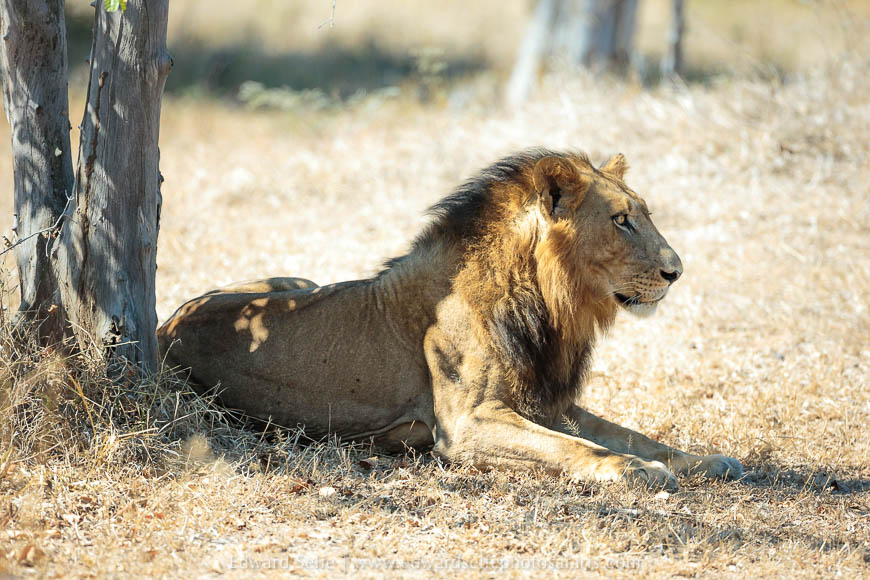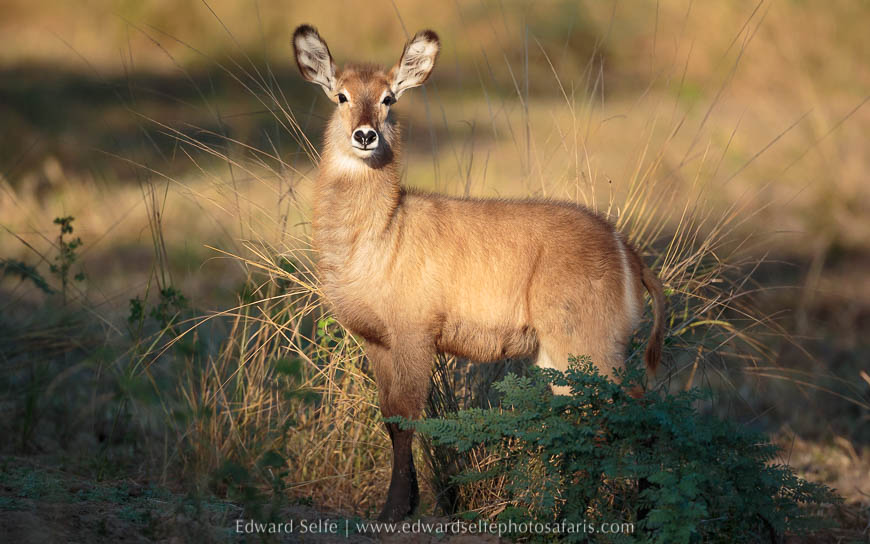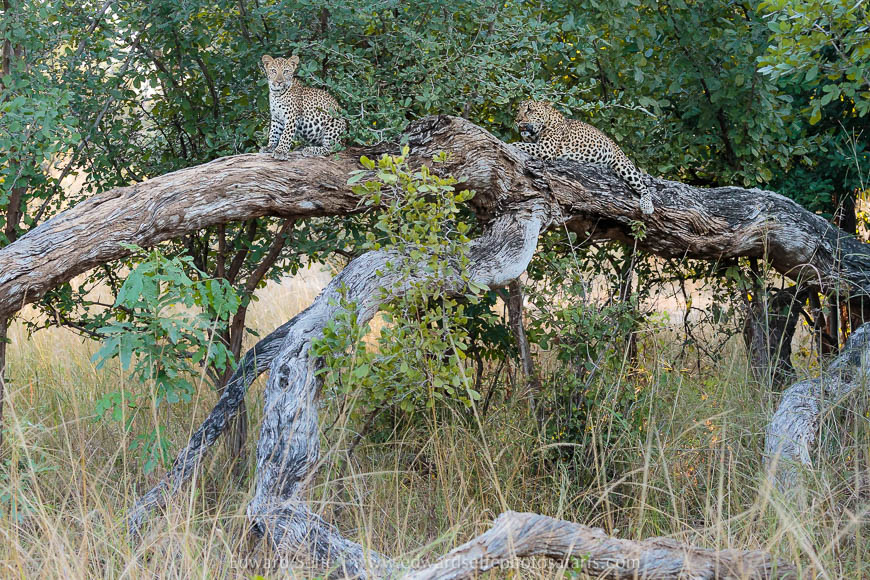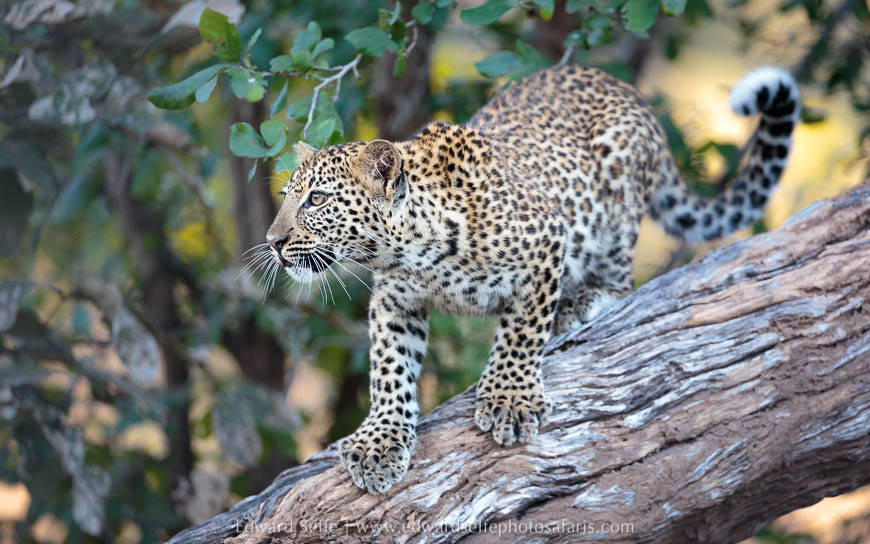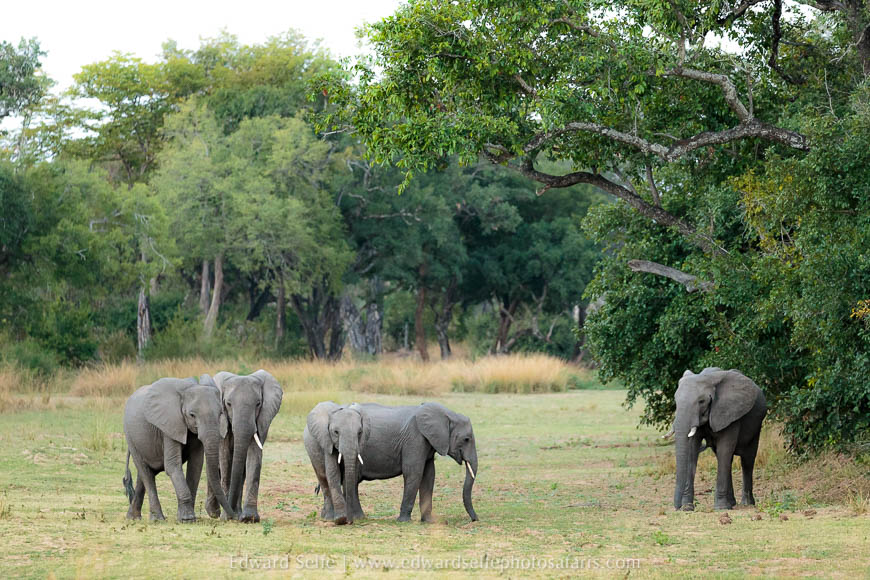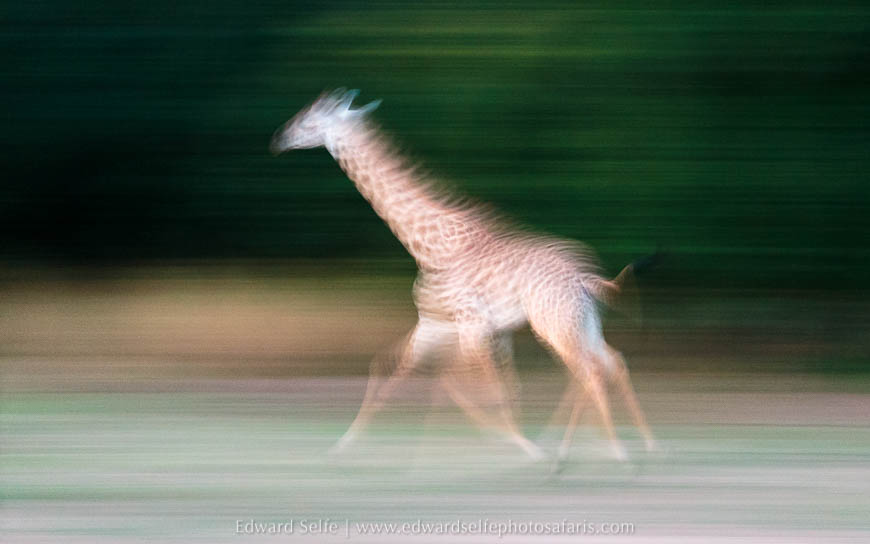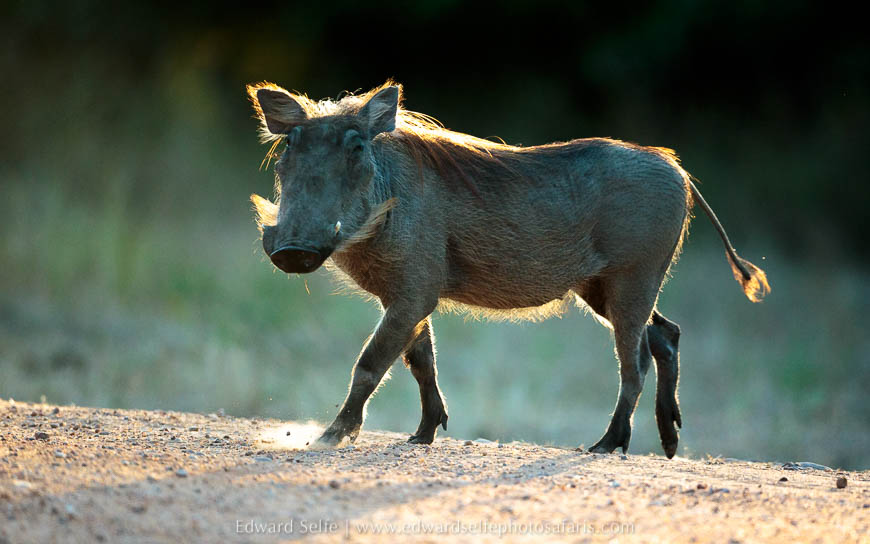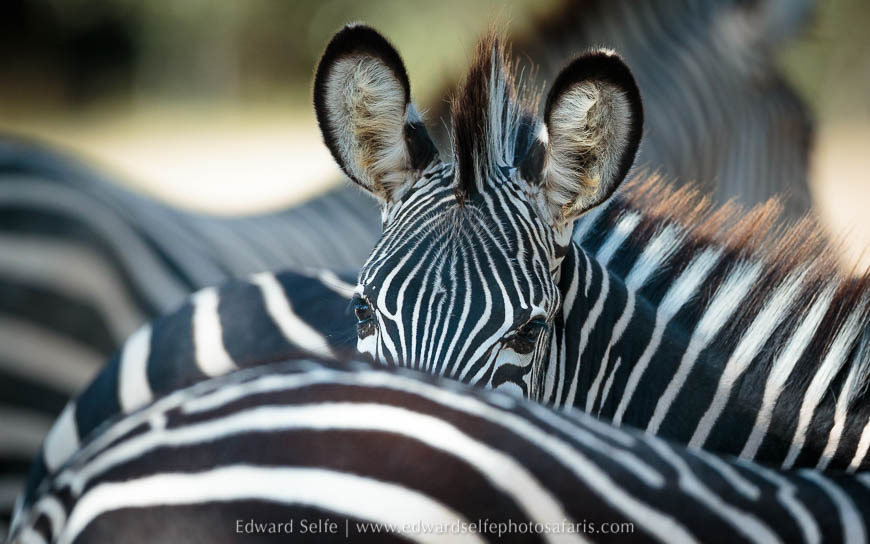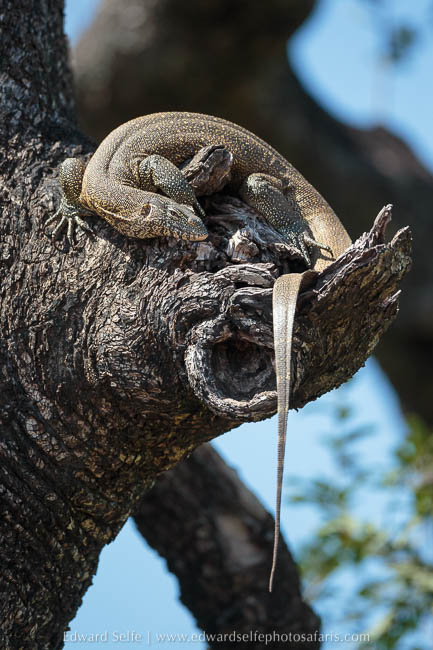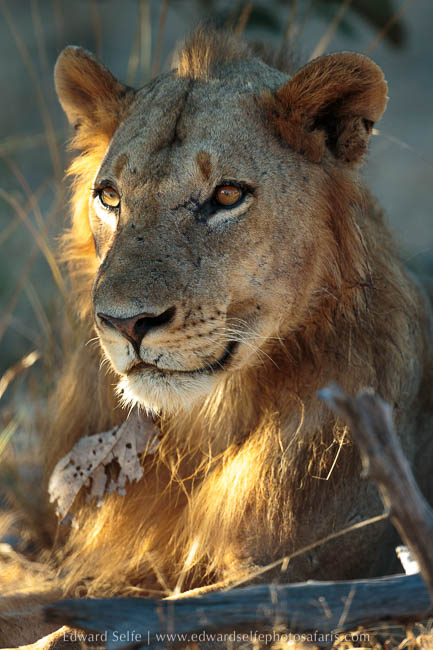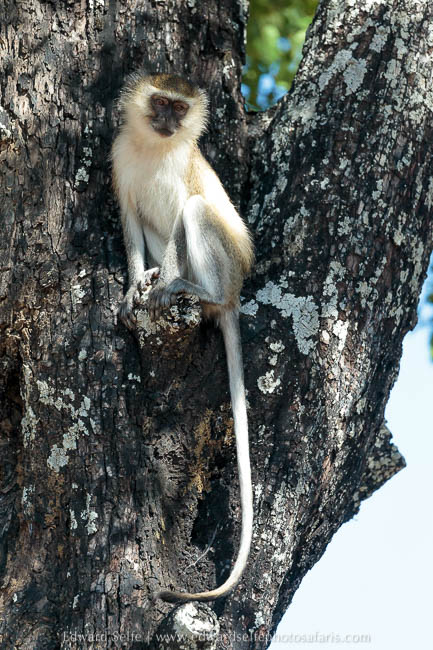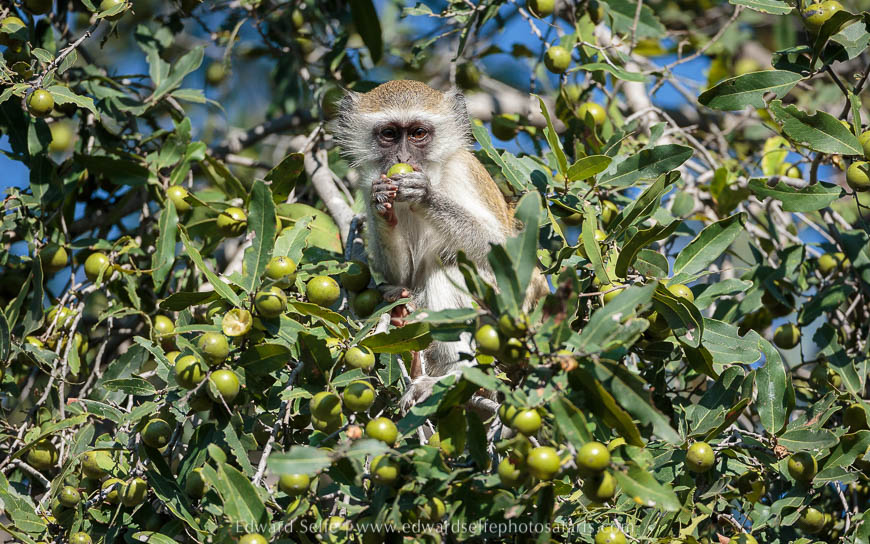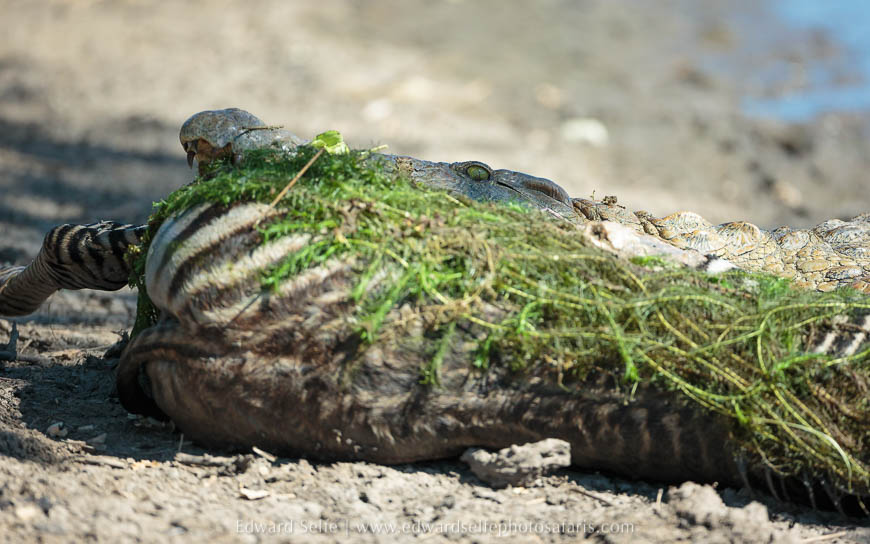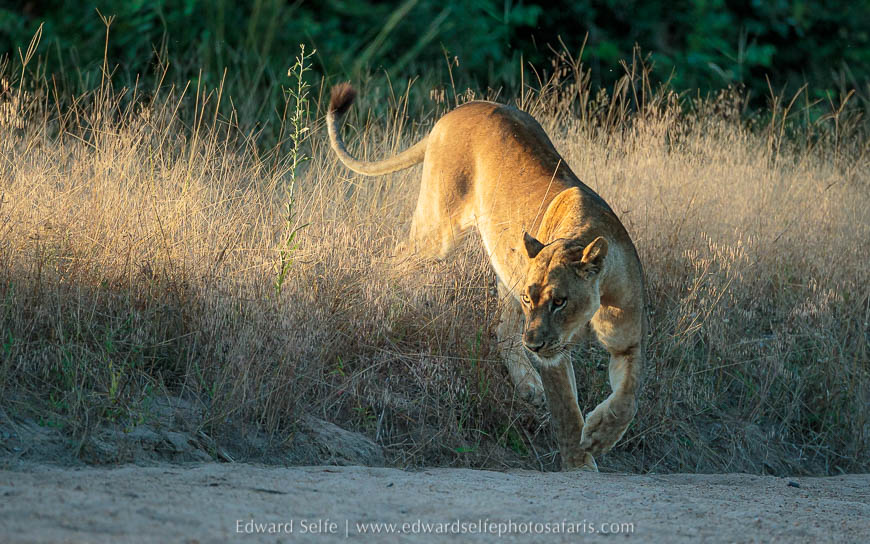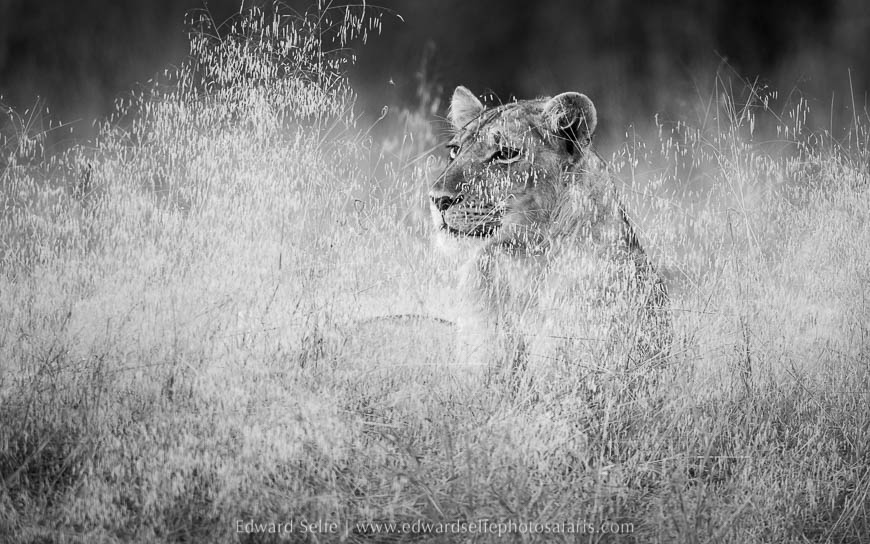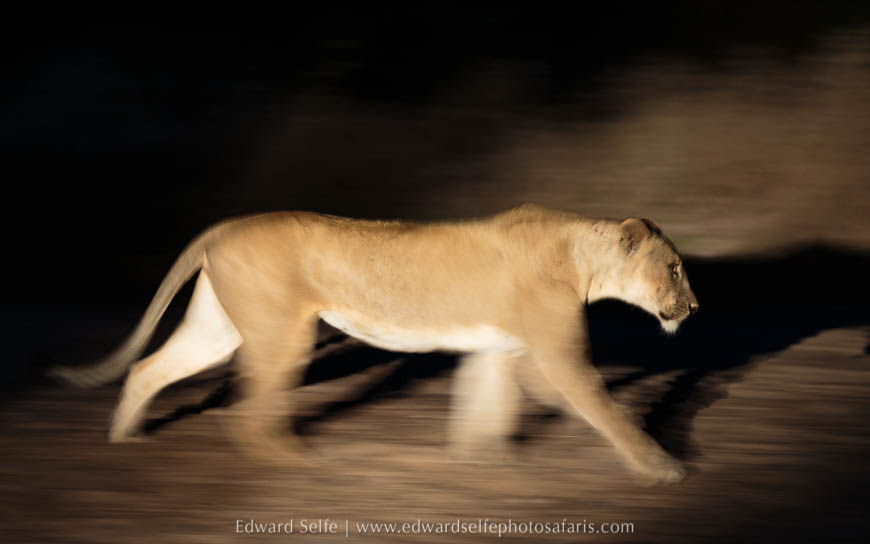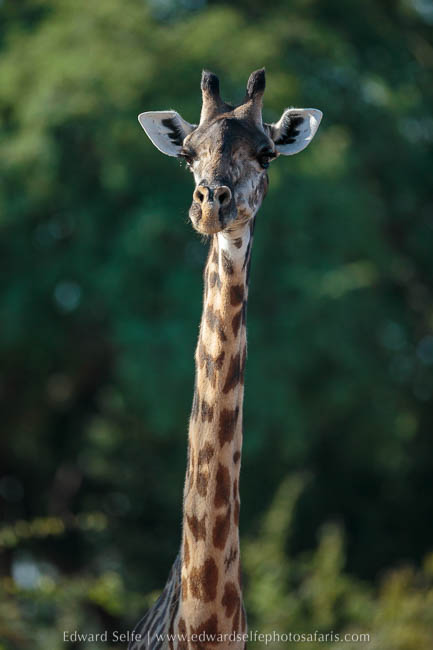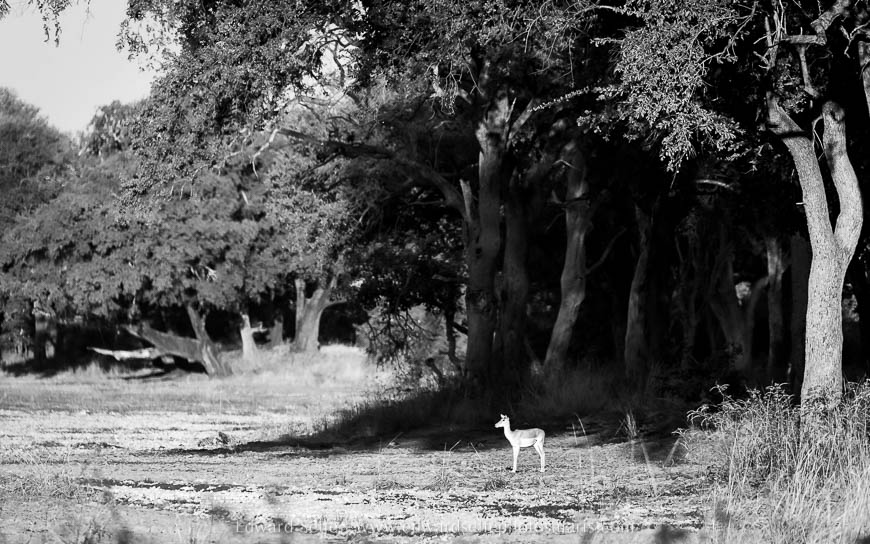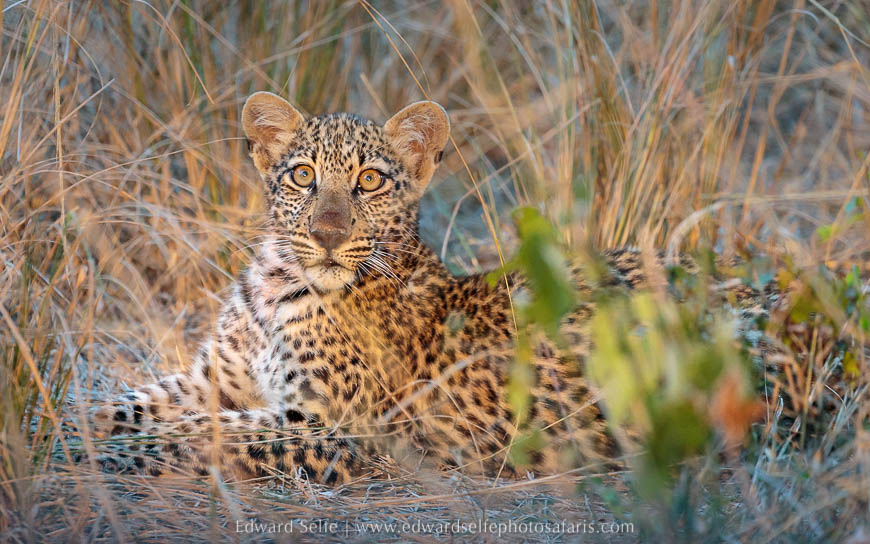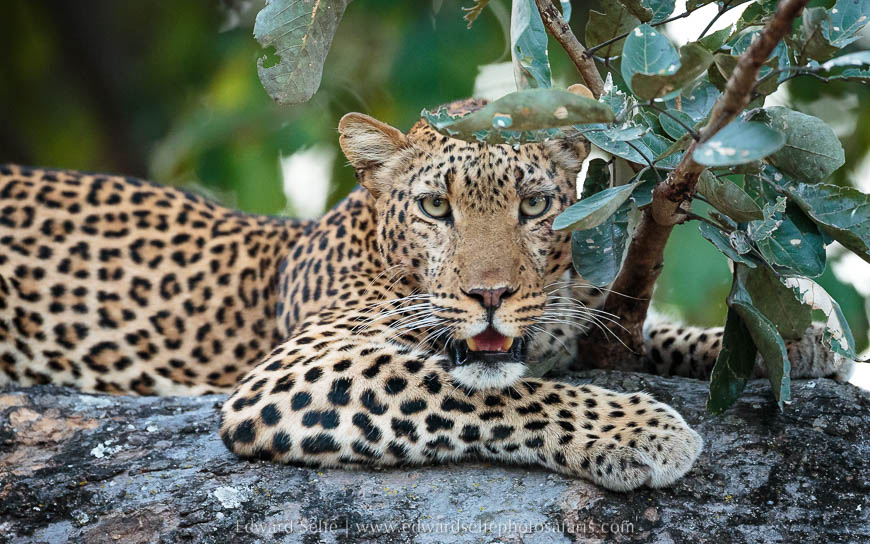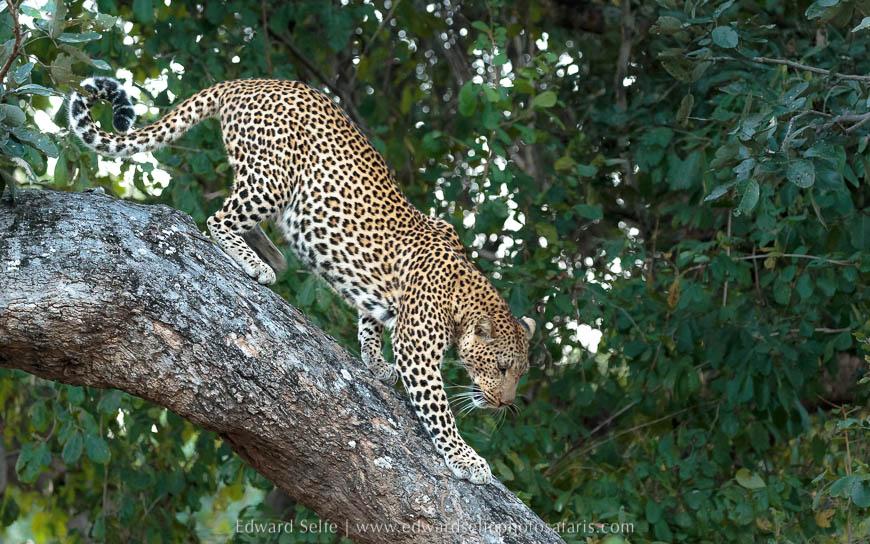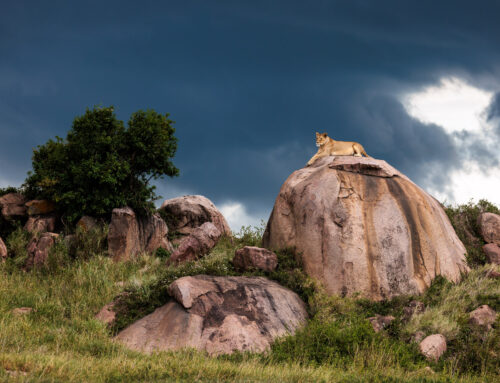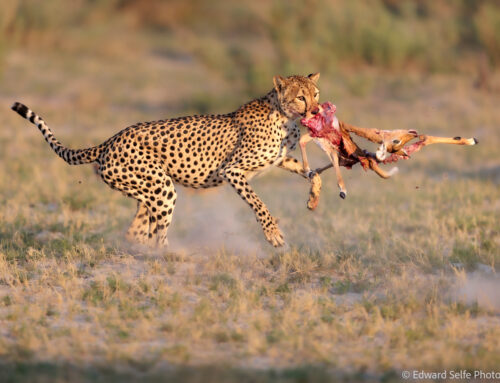My new safari season has started with a bang with the first trip last week. The Africa Safari Co in Australia booked me to guide two of their guests on a specialist 6-day safari in the Mfuwe area of South Luangwa. It was great to meet Steve and Geraldine and share safari time with them.
Rather than presenting this report in chronological order, I’ll talk about different groups of sightings; for example, the bird sightings that we had this trip were incredible, with not just a great range of species but really interesting behaviour. During just our first few drives, we had seen large eagles, small bee-eaters and fighting hamerkops, and this trend continued throughout the safari. With captions to explain the interactions, here are some of the best!

During our first afternoon drive, we came across this Lizard Buzzard. A subject such as this beautiful raptor, which looked set to dive down on a small creature in the grass below, allowed me to talk with my guests about a variety of different photo-safari topics; these included bright and dark backgrounds and the requirement to over- or under-expose, preparing the camera for upcoming action, achieving correct focus on a subject that is small in the frame and also the need to keep an eye on the shutter speed to avoid movement blur in fast-moving creatures such as birds. It was a great first sighting to get us started!
The next morning, we spotted yellow-billed storks landing in a small pan near the river; they were flocking there to feast on the barbel fish in the diminishing water. Working together they forced the fish against the banks….and then fought over the catch….and invariably lost it to the larger marabou storks!

Nearby, two hamerkops were scrapping and one got hold of the tail of the other. Immediately two more, and then a further two, joined to watch. Eventually the harassed bird escaped and flew off to preen his tail back into shape!
Early one morning we heard guinea-fowl alerting to an eagle. We quickly found this martial eagle feeding on the last of a hadeda ibis which it had recently killed. It fed for a while, showing its remarkable dexterity at removing the flesh from the bones, and then ruffled its feathers and gave us a comedy shake! By ensuring that our shutter speeds were high enough during the sighting, when this bit of brilliant behaviour occurred, we were ready to capture it.
We had a lot of fun watching black-headed herons hunting for frogs in the long grass near the large lagoons…..
…..and trying to get these little bee-eaters to sit still long enough to get two or more in the shot!
When a fish-eagle flew over, we had a chance to work on tracking and shooting against the bright sky, using continuous focus and drive to take a series of shots from which we could choose the one with the best wing position.
We also had a chance to try something more abstract, using the distinctive shape of this snake eagle to create a haunting scene. Making sure that the bill is visible and intentionally over-exposing, we got the effect we wanted.
Perhaps best of all came on our penultimate day when we found two crowned cranes in a small flooded pan. Approaching slowly and allowing them to get used to us, we got as close to them as I have ever managed to get….usually cranes are very shy and we struggle to get good photos. These two not only allowed us to get close but also then preened each other, danced momentarily, and one fed the other an insect. Beautiful behaviour and stunning birds.
And on our final day, a baboon’s bark led us to a Verreaux’s eagle owl which had recently killed a bird. We could just make out the feathers in its talons but not the species. Even so, it was great to locate an interesting sighting using the sounds of the bush as this is certainly my preferred way of finding the best sightings.With the exception of elephants which were in lower numbers than normal (or at least in the areas where we travelled!) we were not short of mammal sightings either!

We came across this large bull buffalo on our first afternoon. With wide and nicely curved horns that meet with a decent boss at the centre, he is likely one of the prime breeding bulls in the area. His solitary nature simply means that he has taken some time away from the breeding herds (perhaps repeated mating in the rainy season has taken its toll on his condition) and will rejoin when breeding opportunities come up again in the next rains. [There is a very interesting study on buffalo from the Kafue National Park which suggests that the concept of old retired bulls living out their senior years in batchelor herds may be incorrect.]
Late one morning, we came across this pride male who was following a female through the bush. They had been mating an the female was keen to catch up with the rest of the pride.
Sometimes good light and a good-looking subject is all you need!
Arguably our best sighting of the week came on the second afternoon when we tracked down a leopard and her cub that were feeding on an impala carcass in a tree. They were very far away from the road but we saw the carcass fall from the tree and the mother made no effort to recover it. So we knew that it must be finished and they would move from that tree soon. True enough, they came down and clambered up on to a fallen leadwood where we got incredible photos.

It was pretty hard to follow that leopard sighting, but soon after we found some elephants and giraffes in a grassland dambo.
After shooting some wider shots, and as the light fell, we experimented with slow shutter speed blur images, including 1 sec and longer exposures to see how they came out. While many of the shots didn’t work out, some of them did and it was fun to see how we could make something really interesting out of a giraffe in near darkness!
Early the following morning, we set out for a new area of the park that we hadn’t visited and fulfilled the guests’ wishes to get some furry animals backlit…..a warthog was the perfect subject.
As the morning got warm, zebras started to take shade under the trees and some allowed us to get very close. We played with shallow depth of field images and choosing to show body parts against a sea of stripes.
Monitor lizards are noticing the colder mornings and can often be found in trees catching the morning rays! Soon they will aestivate in the branches sleeping through the cold dry season when food sources for them are much depleted.
We were able to get close up with a young male lion soon after entering the park one morning, and the dappled light on his face gave us some interesting opportunities. Sadly he was alone so there was no interaction with others and he soon wandered off into the long grass to sleep.
We enjoyed some time with monkeys as they played in the ebony trees and feasted on the fruit. Some ebonies are so full of fruit this year that their branches are being ripped off by the extra weight.

Returning to camp late one morning, I spotted some puku inspecting a pile of pond weed by the side of the lagoon. They were not alarmed, but they were interested. Looking with my binoculars revealed little, except perhaps the suggestion of brown and white stripes. We went to look closer and found that a mid-sized crocodile had caught a young zebra and dragged it into the lagoon. Perhaps to avoid other crocodiles, it then dragged it out on to the bank. Even though we got close, the croc was not going to relinquish its prize!We decided to head south to look for the lions that we had seen earlier in the week. We found them in a beautiful spot right on the banks of the Katete river among soft seedy grasses and lovely light. We spent an hour with them, discussing their behaviour and their likely movements as the light fell. Eventually, they roused and set off hunting purposefully. We followed closely behind using a red light filter to avoid disrupting their activities. They surrounded some impala but the antelope slipped through their net and escaped.

The lions roused and came down through the soft grass to the riverbed.
Those still on the top of the bank raised their heads at the sound of nearby antelope activities.
In the light of the spotlight, we took slow shutter speed panning blurs to make interesting images of their muscular, lithe bodies.We had an incredible last 24 hours on safari. Strong sidelighting opportunities came up with giraffes and impalas — one a close up and one a wider, animalscape shot. At the end of the morning drive, I heard impalas snorting their disapproval at a nearby thicket. I knew from the intensity of their barking that there was a leopard in the area. We couldn’t see it so we agreed to go back in the afternoon and spend the evening in the area until it came out.

Strong side-light and a dark background make for a punchy portrait of this giraffe (shot at -2 stops of exposure compensation)…
….and the dark shadows that surround this antelope help to frame it against the landscape (shot at -1 stop).Returning in the afternoon, we indeed found the source of the impalas’ snorting. It was not 1 but 3 leopards; a female with her two cubs and we spent more than 2 hours with them! The female was resting in the tree and the cubs were sleeping on the ground. As the light level dropped, they all started to wake up. The female came down and woke the cubs before they all moved off and melted into the bush. If there was ever a way to end a Luangwa safari it should be with a “herd” of leopards…only in Luangwa!

With a bit of help from the spotlight we were able gently to light one of the cubs…..
….Mum kept a close eye on us from above……
….before coming down and disappearing in the way that only leopards can!There are always concerns that early season safaris will be more patchy in terms of sightings and density of game. But the Luangwa has something to see at any time of the year and the rich greenery of the bush coupled with healthy animal populations makes the April & May months very rewarding in Zambia. I really enjoyed my trip with Steve and Geraldine and hope our paths cross again.
Thank you for reading right to the end and please get in touch if you would like to talk about a safari in Zambia with me.
